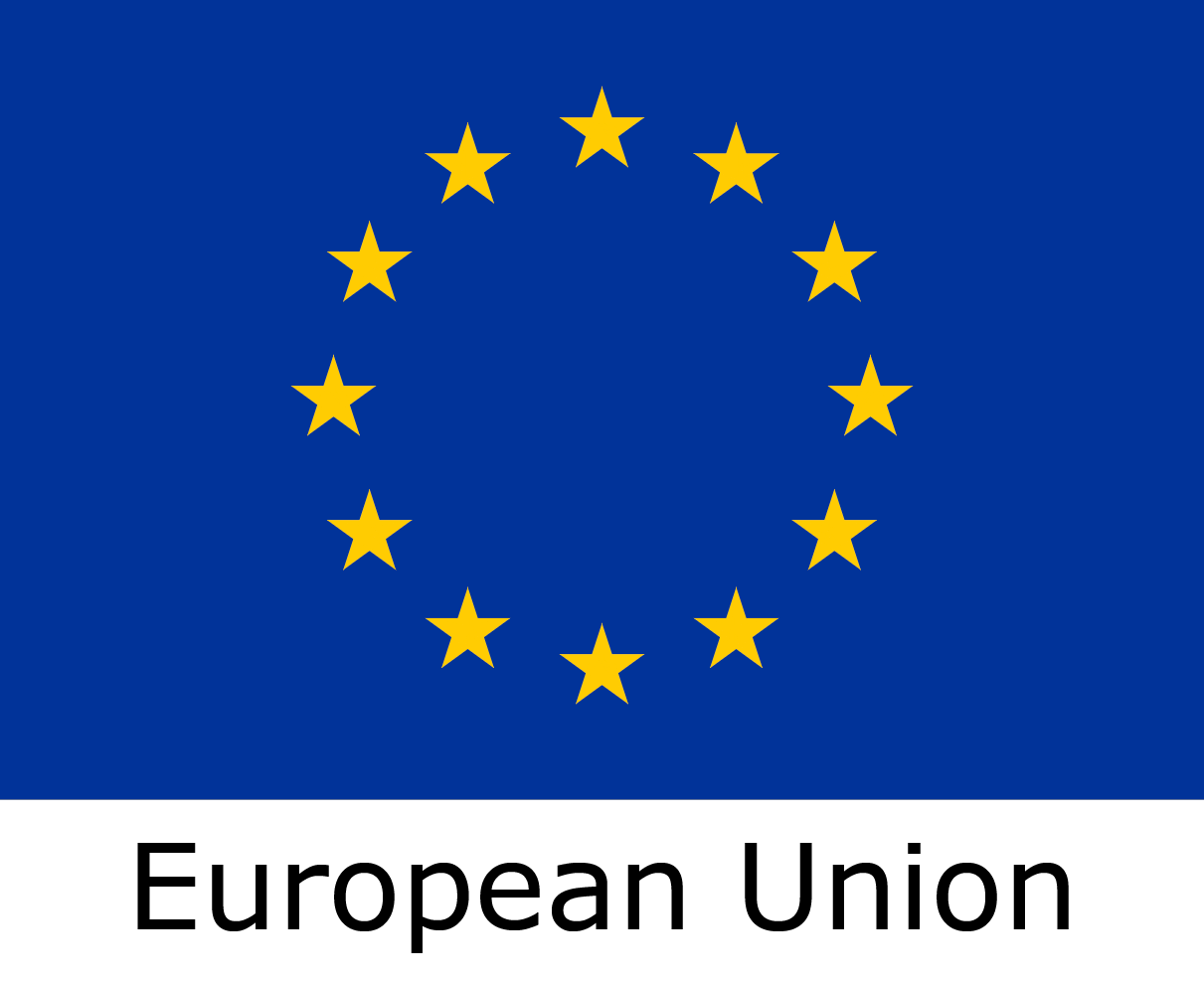In the world of artificial intelligence, chatbots have rapidly become essential tools for numerous applications, ranging from customer support to brainstorming creative ideas. One such prominent chatbot is ChatGPT, powered by Large Language Models (LLMs). But have you ever wondered about the intricacies that govern its responses?
Balancing Precision and Creativity in Chatbots: A Deeper Dive into ChatGPT's Temperature Setting
In the world of artificial intelligence, chatbots have rapidly become essential tools for numerous applications, ranging from customer support to brainstorming creative ideas. One such prominent chatbot is ChatGPT, powered by Large Language Models (LLMs). But have you ever wondered about the intricacies that govern its responses?
How Does ChatGPT Generate Responses?
At its foundational level, ChatGPT, like other LLMs, strives to generate ‘optimal’ completions based on human interpretations of the ‘best’ possible response. This is accomplished by predicting the subsequent most likely word for any given input, constructing responses word by word. Sounds like a linear process, doesn’t it?
However, the real magic happens when the same question doesn’t always yield the same answer. Imagine posing a query and receiving the same monotonous response every single time – not the most engaging experience!
The Role of the ‘Temperature’ Setting
So, why does ChatGPT’s output vary? The answer lies in the ‘temperature’ setting. Occasionally, ChatGPT opts for less probable words, which subsequently influence the entire response. The ‘temperature’ essentially determines the frequency at which the model deviates from the most probable word, thereby controlling its ‘creativity’ quotient.
This setting is paramount. In tasks like brainstorming or marketing, a dash of creativity is welcomed. However, when it comes to precise tasks like summarizing a document or extracting information, you’d want the chatbot to remain on point.
The Limitations of Pre-Set Platforms
Regrettably, platforms like ChatGPT or BingChat do not allow users to tweak this temperature setting. They operate with a default value, attempting to cater to a wide array of use cases. This one-size-fits-all approach often falls short when it comes to specialized tasks.
This challenge underscores the value of custom tools built atop LLM technology, offering a more tailored and productive experience. Imagine the possibilities of concurrently setting up a chatbot’s identity and adjusting its creative flair! While some can only envision this, tools like Awakast’s Adon have turned this into a reality. Explore the potential of Adon here.

